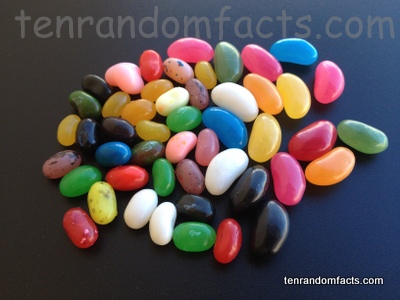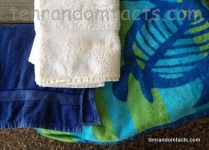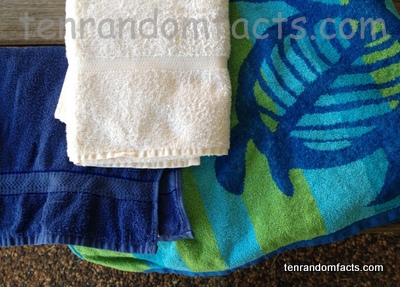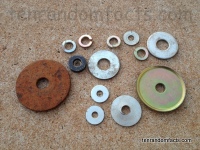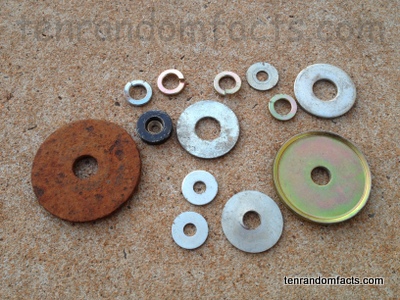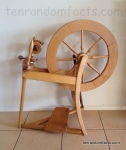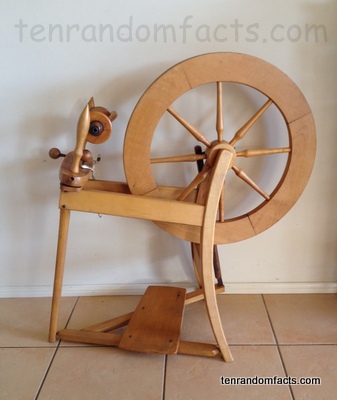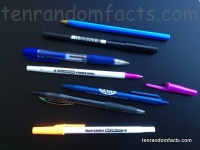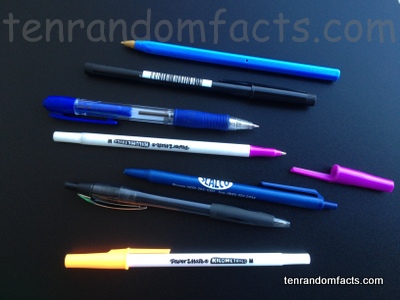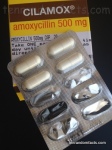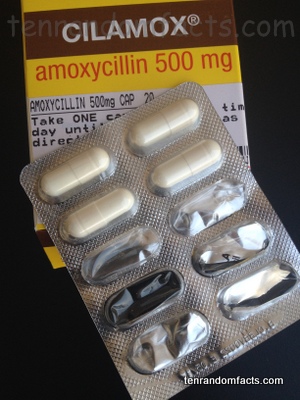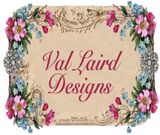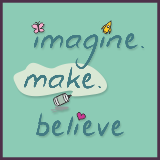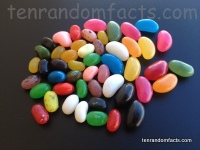
Every event requires a jar of jelly beans.
- Jelly beans are small, brightly coloured confectionery items made mostly of sugar.
- A ‘jelly bean’ is also known as a ‘jellybean’, or a ‘Jelly Belly’, and the latter is named after the popular brand.
- Jelly beans are typically shaped as a bean, with a hard exterior and a softer inside.
- The basis and idea for jelly beans is said to have originated from the traditional confectionery known as ‘Turkish delight’, that is like a firm jelly, as well as ‘Jordan almonds’, that have a hard sugary exterior.
- Jelly beans are believed to have existed as early as the 1860s, and were made by confectioner William Schrafft, from Boston, United States, who suggested they be sent to the soldiers fighting in the American Civil War.
- Jelly beans are typically made of sugar, glucose syrup from corn or wheat, as well as starch, and generally contain flavourings and colourings.
- The 22nd of April is annually celebrated and declared as National Jelly Bean Day.
- Jelly beans come in numerous colours and flavours, and generally a particular colour is associated with a particular flavour.
- In the United States, jelly beans became popular in the early 1900s and became strongly associated with Easter in the 1930s.
- Jelly beans are generally sweet, although they can be purposefully sour, while the Jelly Belly company has over 50 different flavours of the confectionery.
Bibliography:
Jelly Bean, 2014, Wikipedia, http://en.wikipedia.org/wiki/Jelly_bean
Moncel B, The History of Jelly Beans, 2014, About Food, http://foodreference.about.com/od/history_myths/a/The-History-Of-Jelly-Beans.htm
Prince J, A Brief History of Jelly Beans, 2014, Candy Favourites, http://www.candyfavorites.com/shop/jelly-bean-history.php




